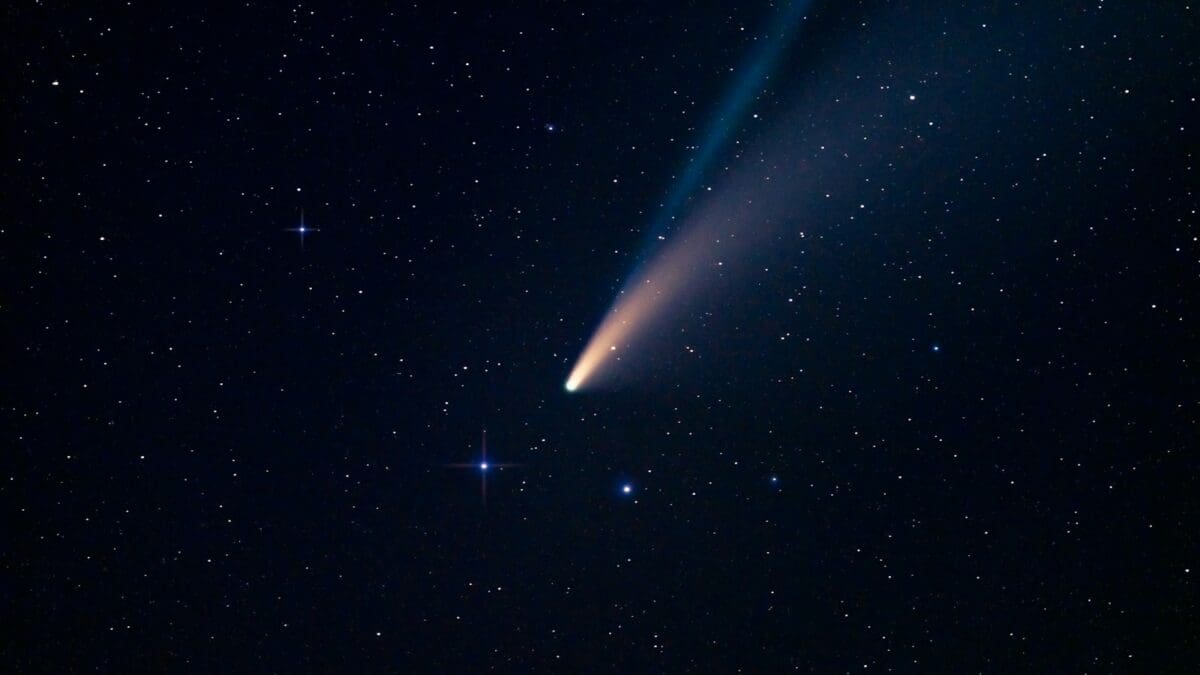Environment
Tsuchinshan-ATLAS comet could blaze brighter than Hale-Bopp across Park City skies

a comet is seen in the night sky Photo: Photo by Justin Wolff
Scientists predict the comet will reach peak brightness around October 12 when it will pass closest to Earth
PARK CITY, UT — Comet C/2023 A3 (Tsuchinshan-ATLAS) is expected to reappear in the skies in the coming weeks, stirring excitement among comet watchers.
Initially discovered in early 2023, the comet sparked speculation about its potential to be a spectacular sight in autumn 2024. Although some media outlets fueled hype by dubbing it the “Comet of the Century,” experts caution that it’s too early to predict its visibility.
Most sources agree on one thing: Tsuchinshan-ATLAS is likely to be visible to the naked eye. If we’re lucky, it could become exceptionally bright.
In September the comet will be nearing the Sun, making it difficult to observe.
Hans Zimmer at ElixirOfScience predicts the comet will reach its peak brightness around October 12, when it will pass at its closest distance to the Earth. It’s hard to predict the exact brightness of the comet — but Zimmer says it could be nearly twice as bright as Hale-Bopp, one of the most widely observed comets of the 20th century with a peak magnitude of -1.8. Due to the forward scattering Tsuchinshan-ATLAS might brighten up to -3.0 magnitude.
Other scientists have raised concerns about it potentially breaking apart, but recent observations show it remains intact and has brightened to magnitude 7, with visible tails.
Visit Lowell Observatory to follow Tsuchinshan-ATLAS’s trajectory.


















